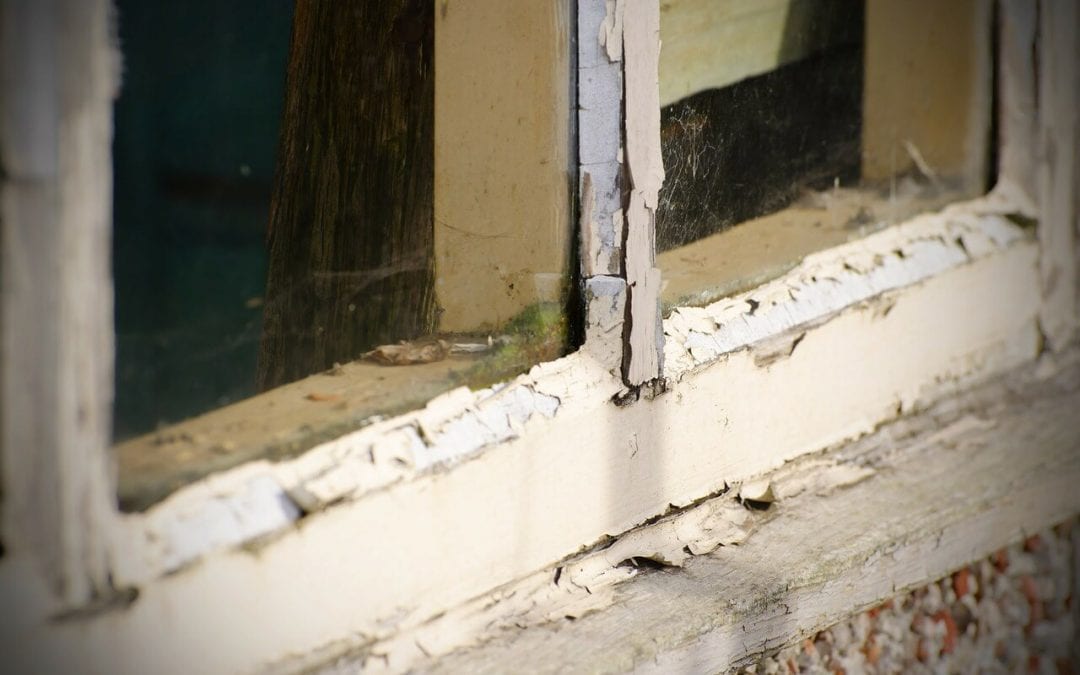If you live in a house built before 1978, there is a chance you have lead-based paint somewhere in the home. Until the late 70s, lead was used in house paints because it speeds the drying process and makes the paint more durable. Lead, however, can be harmful; lead poisoning most frequently occurs in young children but can affect any member of your household. Learn about lead-based paint in the home and steps to keep your home healthy and safe.
The Dangers of Lead-Based Paint
Lead is a toxic metal that can cause lead poisoning when it builds up in the body. In the home, lead is most often ingested or inhaled. Whether it is found in flaking paint or old plumbing, lead toxicity is a major health concern. In children, lead causes delayed growth, headaches, brain and nervous system damage, and learning disorders. Adults with lead-poisoning suffer symptoms such as memory problems, high blood pressure, joint pain, and anemia.
Lead in the Home
As late as 1978, household paints were manufactured with lead. Those products include interior and exterior paints, shellac, and varnishes, which can chip or flake, especially as they age. Paint flakes may be ingested by young children or dust from lead products can be inhaled.
Generally, paint that is in good condition is not considered a safety hazard. However, if the paint begins to deteriorate, you’ll need to take steps to keep family members safe.
Testing for Lead-Based Paint
Testing the paint will inform you if there is lead inside your home. Some testing methods use chemical swabs, others use x-ray fluorescence, and some testing involves sending samples of the paint to a lab. While do-it-yourself test kits are available, it is always best to hire a professional for lead testing. A well-trained pro will provide the most accurate results.
How to Deal with Lead Paint
If you find you have lead paint in your home, take extra care to keep things clean. Dust with a damp sponge or rag and use a HEPA filter vacuum regularly. Remove shoes before entering the house to avoid tracking paint dust inside. If you have young children, make sure they frequently wash their hands, and if you suspect lead poisoning, call your pediatrician.
If you choose to remove the lead-based paint, this is not a project to attempt yourself; call a professional to remove it for you. A lead abatement specialist is trained in blocking off the area, including all air vents, and removing the paint as safely as possible.
H&J Freile offers home inspection services, including testing for lead paint, in New Jersey. Contact us to request an appointment.
